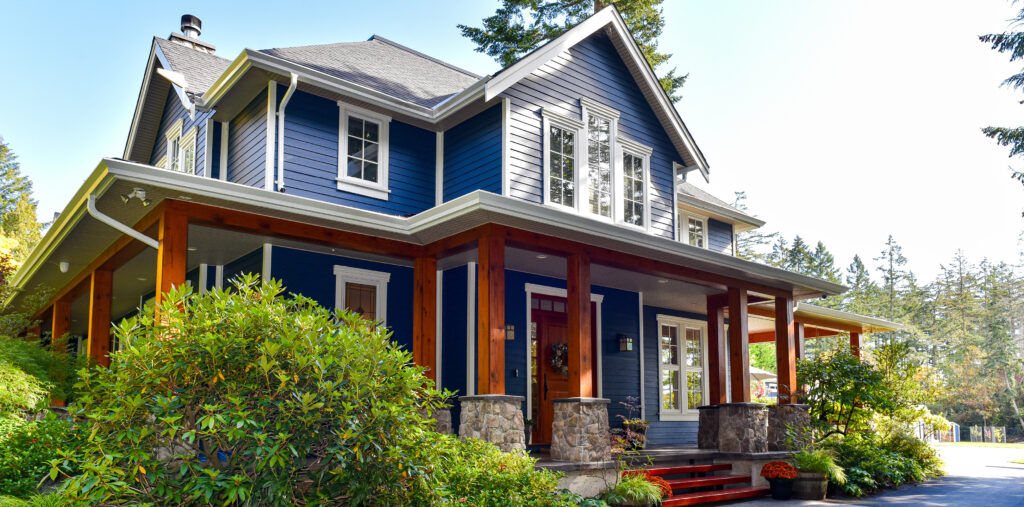– by Joel Radford, Flooring Manager –
What comes to mind when reading the phrase ‘eco-friendly’ flooring? With countless building products labeled ‘green’ in home centers it’s hard to know the truly sustainable from the well marketed. Wood flooring milled locally from managed forests or from recycled lumber may not sound exotic, however this type of material does have a compelling green story.
As technology develops and needs change, yesterday’s homes and commercial spaces can become outdated. The wood used to make these structures is often still useful though. An example of this is North Saanich Middle School. When the old school was demolished, Douglas fir flooring was milled from salvaged joists. The wood in its new role should remain serviceable for years to come.
Compared with new wood, making flooring from recycled joists takes a few extra steps. The North Saanich lumber started out as 2” x 10” Douglas fir planks, wet from storage outside. A critical step in turning these joists into flooring is scanning the wood with a metal detector. Old nails are found and removed. Next the wood is milled closer to the finished floor size of ¾” x 8”. Doing this creates a thin offcut, which itself has been used in some interesting projects. These include hand painted signs and the ceiling of a “Tiny House” on wheels. The roughly dimensioned lumber is then kiln dried for a few weeks to a moisture content of 6–8%. Finally the wood is machined into tongue and groove flooring.
Glue laminated beams are a modern source of recycled wood. They are often salvaged from newer buildings, a 1970s Safeway store perhaps. Glue-Laminated beams are made from wooden layers. Picture a stack of 2”x 6” planks 24” high by 30 foot long. These layers are glued together to form a single beam with aluminum pins used in assembly. Aluminum is soft enough to not damage machinery in milling. The salvaged wood is resawn, dried and milled into flooring, complete with the odd metal pin.
Recycling wood isn’t the only path to greener material. Lumber deemed FSC certified is another option. The FSC sets out standards for sustainably managed forests around the world. Companies that process and make things from this wood can become “Chain of Custody” certified; allowing customers to track wood back though the supply chain. Most common wood species are available from certified forests.
FSC certified and recycled wood are examples of building materials where details about origin are known. Understanding this bigger picture can help when making some of the many choices that factor into a building or renovation project. Beyond aesthetics, wood milled sustainably has a history enjoyed for years to come.




